Confidence with numbers is of fundamental importance to children’s future success in education, life and at work. Not only does it help them with day-to-day problem-solving and practical tasks, it also gives them the building blocks to acquire valuable mathematical and logical thinking skills.
At Heguru Education Centre, we introduce numerical concepts to children above 6 months old using effective visual right brain activities and in-house training aids. At the end of every lesson, we share with busy parents what you can do with your child to reinforce concepts introduced in class, using quick and easy activities, and simple variations as your child progress.
Age 2: Associate numbers with quantity, sequencing and acquire fine motor skills
Purpose: At 2 years old, your child can associate numbers with quantity and learn the concept of sequencing.
Activity: Connecting Numbers 1 to 10 with Crayon and Lacing
- You can draw a picture that will interest your child, say his favourite food, using dots with numbers to connect in sequence using crayons. Start with a simple picture with dots 1 to 10 and introduce him to the concept of quantity – “Look, Baby, there are a lot of dots on the paper, let’s count them!” As you connect the dots with your child, read out the numbers and emphasize the sequence – “What comes after 2?”, “Good job! Now what comes after 3?”. Amaze your child with a nice drawing after he has connected all the dots! Progress to pictures with more dots when your child is ready.
- Taking a step further, punch holes after drawing a picture on a thick cardboard and use a thick shoelace for your child to lace through the holes in sequence. Besides learning numbers and sequencing, threading is also a great game to train your child’s fine motor skills and hand-eye coordination.
Age 3: Learn about Order, Magnitude and Directions
Purpose: For your 3-year-old child, you can introduce the order (small, medium, large), magnitude and spatial concepts
Activity: Arranging pictures in order of magnitude and in direction
- You can create and cut out 3 pictures of different sizes (small, medium, large). If you are able to find 3 physical objects, that will be great too! First introduce the concept of small, medium, large using the 3 pictures by asking your child to arrange the pictures from smallest to biggest and biggest to smallest. Next, scramble the sequence and ask your child to pick “Which is the largest?” or “Which is the smallest?”.
- Next, translating this to numbers, make a set of dot cards. Represent 1 with the digit “1” and a dot, 2 with the digit “2” and 2 dots, so on and so forth. Begin by flashing the dots cards 1 to 10 a few times. Randomly pick 2 cards and ask your child to choose the “bigger” or “smaller” number. You can progress to more numbers 11 to 20, 21 to 30, etc and randomly choose more cards to play with your child “which is the biggest number”, “which is the smallest” and so on.
- You can also use the dot cards to help your child learn spatial concepts, like arranging the dot cards in a clock-wise direction or picking out the middle or right-most card.
Age 4: Learning Addition and Subtraction
Purpose: Introduce the concept of simple addition and subtraction while getting your child active
Activity: Ladder Game
- Turn walking up the stairs into an addition game; while walking down the stairs represents subtraction.
- Once your child has mastered the basic activity, add excitement by challenging her to do it faster and faster.
- Vary the activity by climbing 2 steps at a time to introduce the concept of multiples, which sets the foundation for multiplication.
Age 5 and 6: Learning Multiplication, Division and Fractions
Purpose: Young children learn best through sensory and motor exploration. Introduce multiplication, division and fractions in the way children learn best – by playing, touching and by having fun!
Activity: Divide and conquer!
- Get your child to understand that multiplication of “2 x 3” means 2 sets of 3, by linking it day-to-day activities like laying the table, or by bagging fruits separately in 2 bags of 3s.
- Teach division in the same way, by asking your child to split a set of 6 oranges (the numerator) into 2 equal groups (the denominator) of 3 (the quotient), to demonstrate “6 ÷ 2 = 3”
- You may then progress to the concept of fractions, using the classic cake cutting, or identical bowls with the same number of objects.
- Once our child is confident with division and fractions, test your child’s problem-solving skills by asking her to put 7 oranges into 2 bags. She may surprise you with her answer – “Mummy, let’s cut the orange into 2”, which shows a mastery of the concept of fractions. You may also introduce the concept of “Remainder” – “7 ÷ 2 gives you 3, with a remainder of 1”, and that 7 is a “Prime number” (a number that can only be divided by 1 and itself).
Important point:
Children like to feel competent and do things for themselves. If your child is having a hard time, you might say “Why not try this”? With your guidance, your child will be able to master new skills.
To learn more about our parent-accompanied right brain lessons for 6 months to 4 year olds, and whole brain development programme for 5 and 6 year olds, visit Heguru Education Centre or email enquiry@hegurueducation.com.sg.
By Kuah Eng Liang, Principal of Heguru Education Centre
This article was first published in The New Age Parents e-magazine
Want to be heard and seen by over 100,000 parents in Singapore? We can help! Leave your contact here and we’ll be in touch.
Stay in touch! Subscribe to our Telegram here for our latest updates.









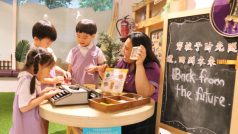
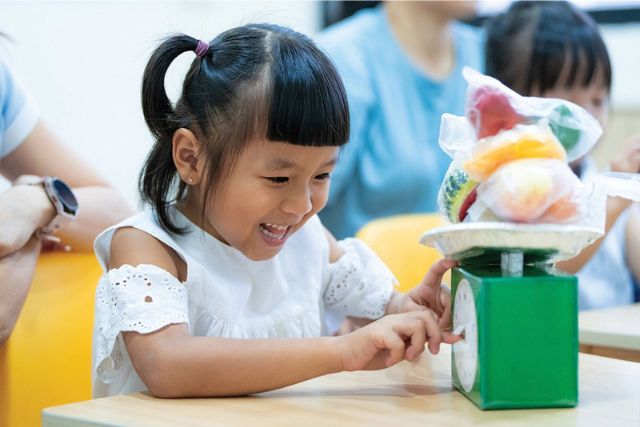
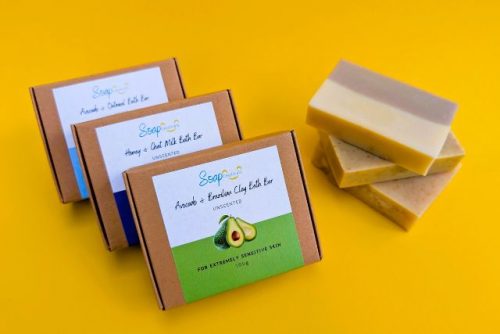
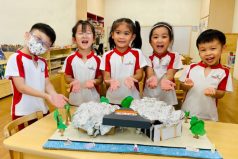










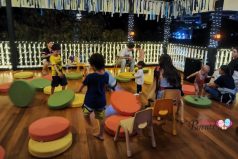
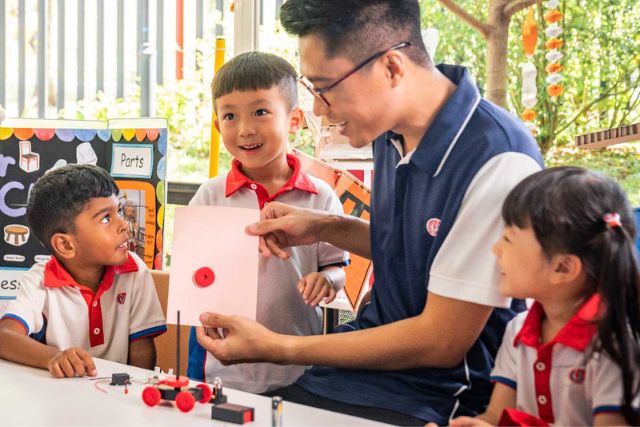


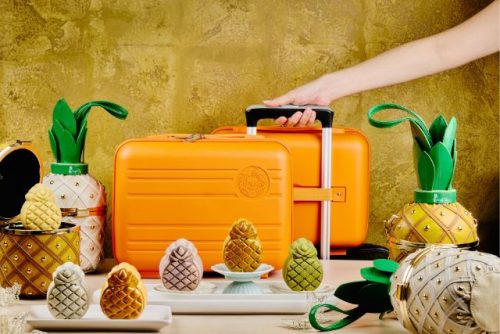








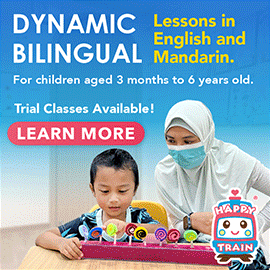

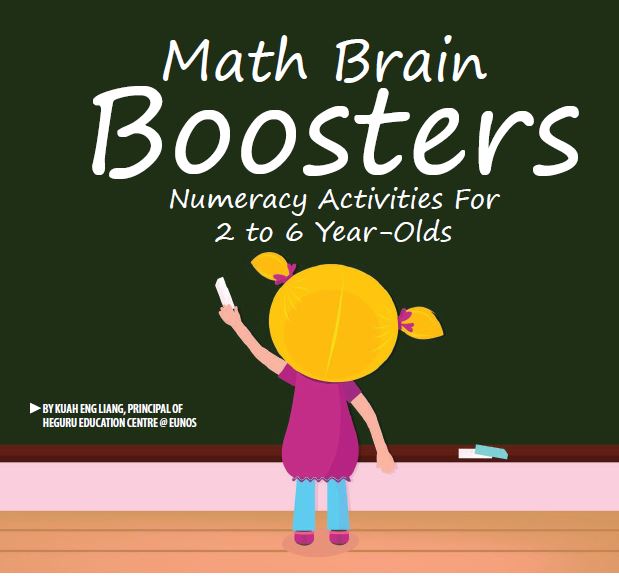
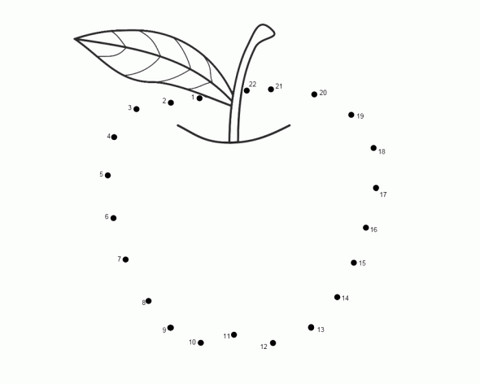
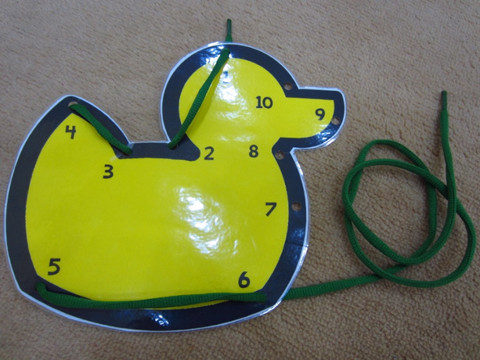
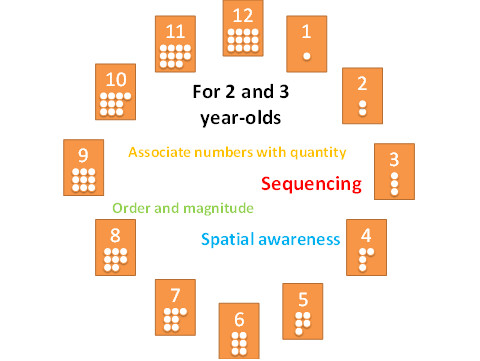
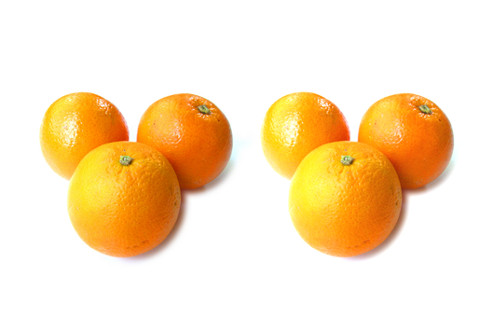

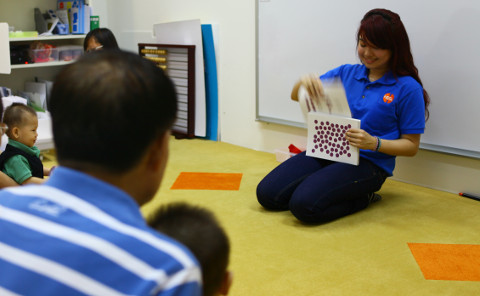
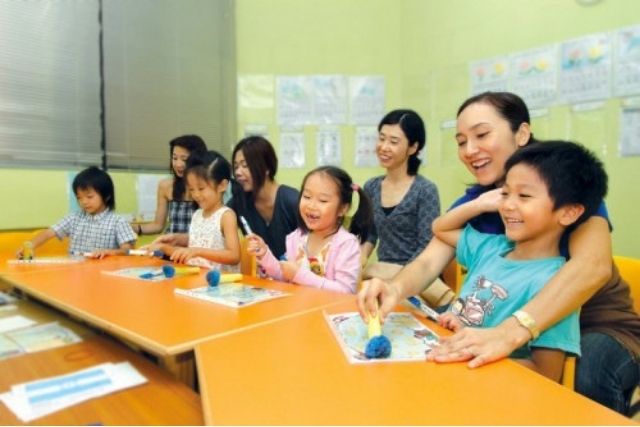
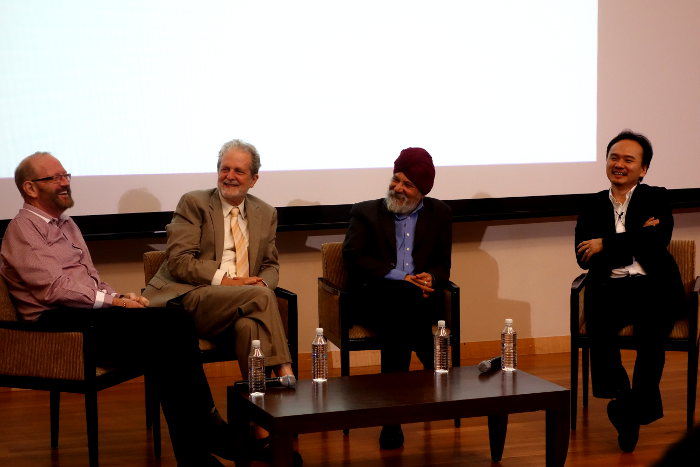
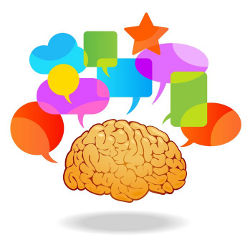


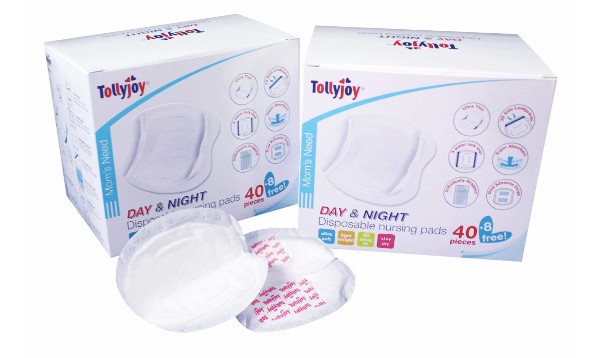

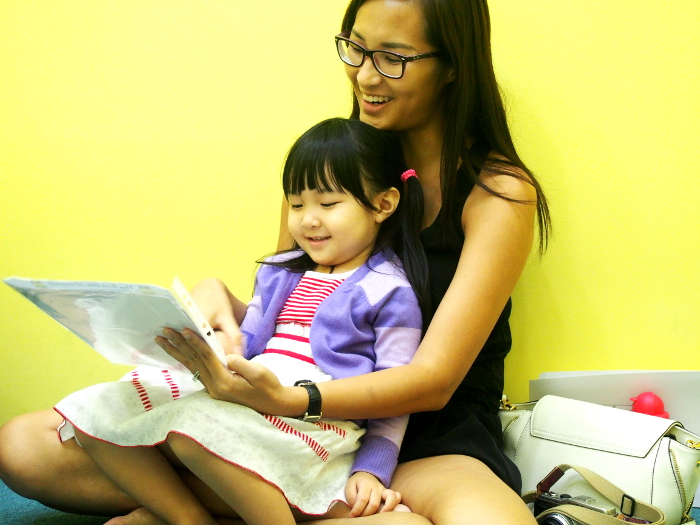
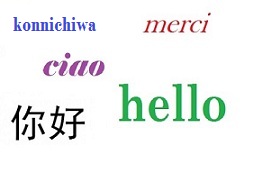
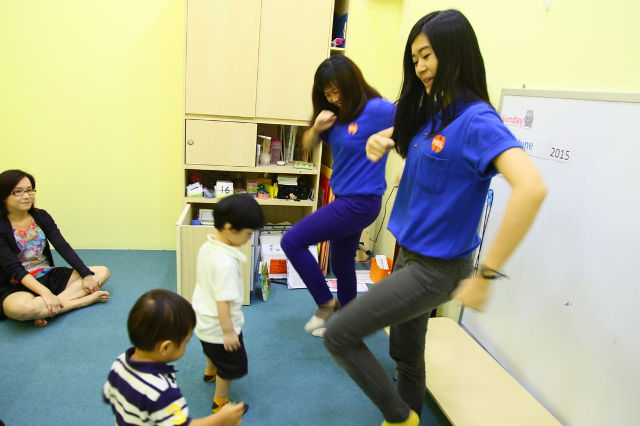
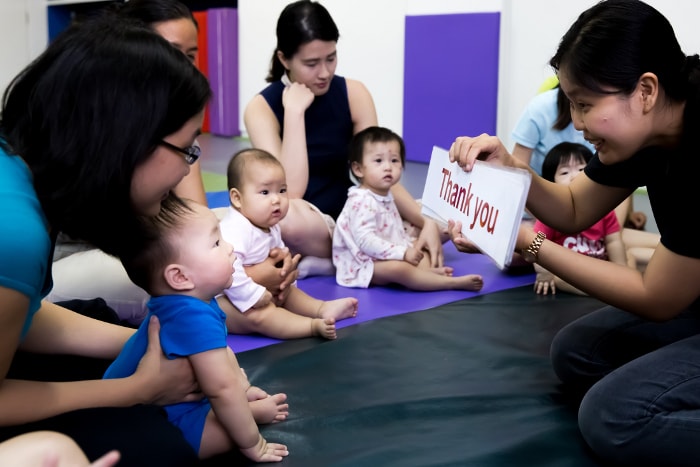



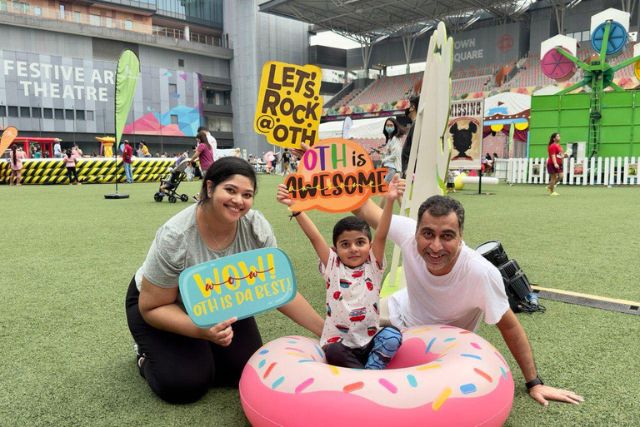
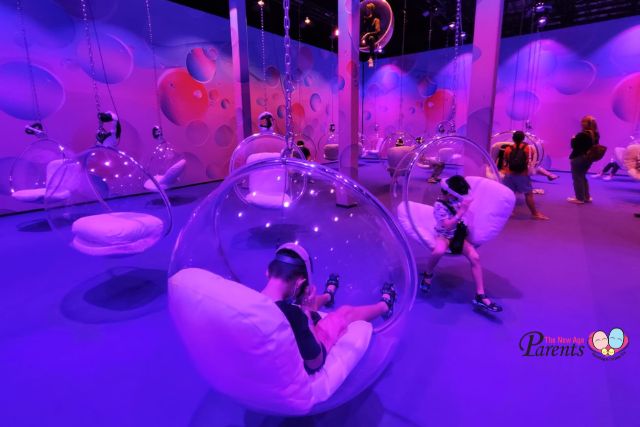


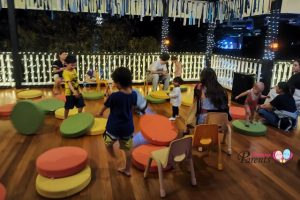



Leave a Comment: